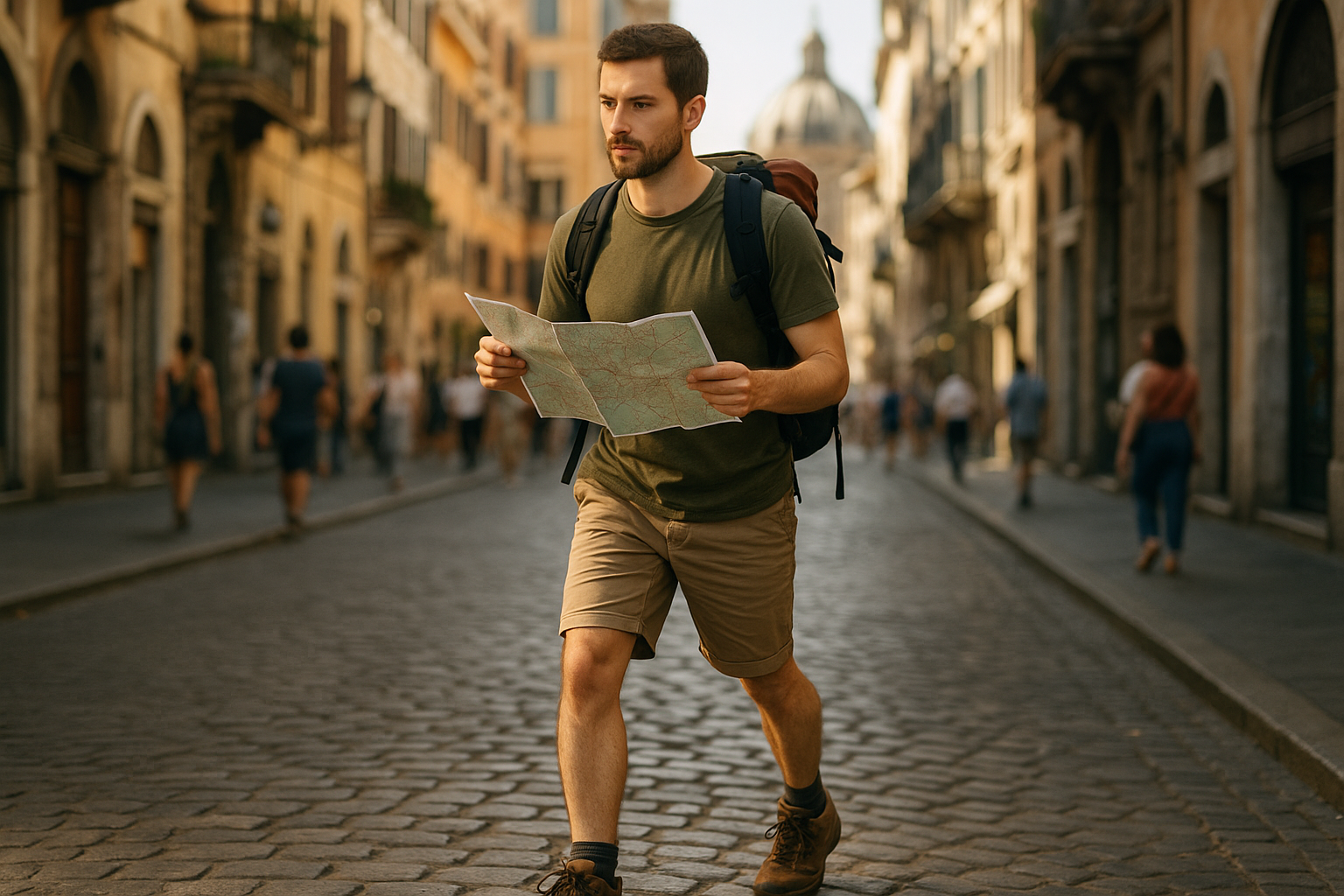Rediscovering the Charm of Pedestrian Tourism: A Walk into Cultural Immersion
Imagine taking a stroll through the winding streets of an unfamiliar city, soaking in the local culture, observing the rhythm of daily life, and discovering hidden alleyways that are not mentioned in any guidebook. Welcome to Pedestrian Tourism, a trend that encourages travelers to explore destinations on foot, offering an immersive experience unlike any other.

A Step Back in Time: The Origins of Pedestrian Tourism
Pedestrian Tourism is not a new concept. In the mid-19th century, the European elite embarked on ‘The Grand Tour’, a long journey often traversed on foot, to immerse themselves in the arts and culture of European cities. This tradition has evolved over time, with modern-day travelers seeking out authentic experiences that take them off the beaten path and into the heart of their chosen destination.
The Pace of Pedestrian Tourism: Unraveling Current Trends
As the tourism industry continues to evolve, Pedestrian Tourism is enjoying a resurgence. Travelers are realizing the benefits of slowing down and enjoying their surroundings at a leisurely pace. Walking tours, hiking trails, and urban exploration are becoming increasingly popular, with travelers seeking to connect with locals and discover hidden treasures that are often overlooked in the hustle and bustle of traditional tourism.
The Footfall Effect: Impacts and Implications of Pedestrian Tourism
Pedestrian Tourism presents a unique set of advantages and challenges. On one hand, it promotes sustainable travel, reduces carbon footprint, and offers an authentic cultural experience. On the other hand, it requires careful planning and preparation, and not all destinations are pedestrian-friendly. Despite these challenges, the impact of pedestrian tourism is largely positive, contributing to local economies and promoting cultural exchange.
Walking the Talk: Research-Backed Recommendations for Pedestrian Tourism
Research shows that walking can enhance mental well-being, making pedestrian tourism a healthy travel option. It allows for unplanned encounters and serendipitous discoveries that enrich the travel experience. However, travelers must be mindful of their impact on local communities and environment, and respect cultural norms and traditions.
Takeaways from the Track: Pedestrian Tourism Hacks
-
Choose pedestrian-friendly cities or towns with a good network of walking trails and paths.
-
Pack comfortable footwear suitable for long walks.
-
Always carry a map or navigation app to avoid getting lost.
-
Respect local culture and environment, and follow any designated paths or trails.
-
Stay hydrated and take regular breaks.
Concluding Footprints: The Future of Pedestrian Tourism
The trend of Pedestrian Tourism offers a promising outlook for the future of travel. It embraces the essence of exploration, encourages sustainable practices, and provides a platform for cultural exchange. As we step into a new era of travel, the charm of pedestrian tourism reminds us that sometimes, the journey is just as important as the destination. So, lace up your walking shoes and rediscover the world at your own pace.




